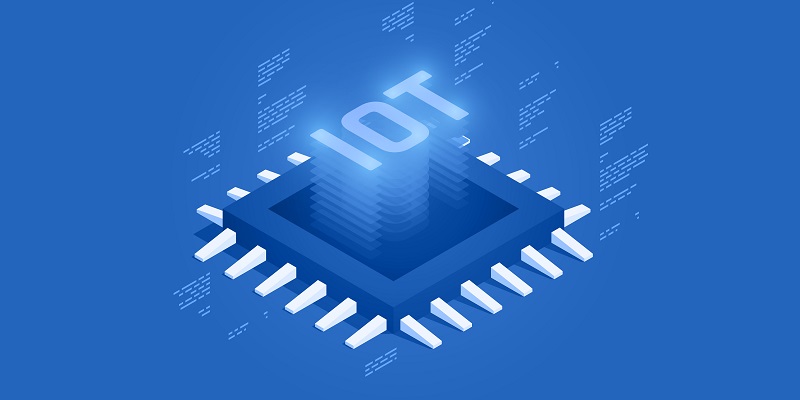Ransomware attacks have become increasingly frequent and severe, posing a significant threat to the manufacturing sector. What was once a sporadic occurrence has now escalated into an all-out assault on infrastructure and production plants. The manufacturing industry has become the prime target for these attacks, with devastating consequences for organizations worldwide.
Manufacturing Sector as the Target
Statistics reveal that the manufacturing sector is the most targeted industry when it comes to ransomware attacks. During Q2 2023, a staggering 70% of all ransomware attacks were aimed at this sector. Industrial control systems (ICS) equipment and engineering followed closely behind with 16% of attacks. This stark increase in malicious activity highlights the critical need for heightened cybersecurity measures in manufacturing facilities.
Evolving Attack Strategies
Cybercriminals have continually evolved their strategies, using advanced tactics to breach the defenses of manufacturing organizations. Manufacturing Chief Information Security Officers (CISOs) have reported witnessing a shift in attack strategies, accompanied by a more efficient and faster approach. Attackers frequently employ deepfakes and advanced social engineering techniques to deceive unsuspecting victims. Moreover, nation-state attackers have proactively exploited vulnerabilities, displaying a keen focus on compromising manufacturing systems.
Targeting Operational Technology (OT) Systems
The manufacturing sector faces a significant threat from ransomware attacks aimed primarily at operational technology (OT) systems. Over 61% of all breach attempts occur in the manufacturing industry, highlighting the critical need for comprehensive cybersecurity measures. Attackers often target unprotected Internet of Things (IoT), Industrial Internet of Things (IIoT), and programmable logic controllers (PLCs). These systems, which provide real-time data across the infrastructure and plant shop floors, have become prime entry points for malicious actors.
Nation-State Attackers and AI
In recent times, nation-state attackers have set their sights on leveraging artificial intelligence (AI) capabilities for political gain and financial extortion. Fast-tracking AI arsenals into use has become a priority for these attackers, as it enables them to make bold political statements or demand exorbitant ransom amounts. The convergence of advanced technology and cyber warfare poses an even more pressing threat to the manufacturing sector.
AI and Machine Learning Solutions
To combat the growing menace of ransomware attacks, industry leaders are turning to cutting-edge technologies such as artificial intelligence and machine learning (AI/ML). Honeywell, a prominent player in the manufacturing space, has introduced two innovative solutions: Cyber Watch and an enhanced version of Cyber Insights. These solutions rely on AI and ML technologies to identify potential breach and intrusion attempts on IoT, OT, and ICS systems. Cyber Watch provides a real-time dashboard, offering visibility into ransomware indicators across multiple manufacturing sites, ensuring early detection of threats and minimizing potential damage.
Collaborative Efforts in IoT Cybersecurity
The fight against ransomware attacks requires collaborative efforts from cybersecurity providers specializing in IoT. Companies like AirGap Networks, Absolute Software, Armis, Cisco, and CrowdStrike have developed extensive expertise in IoT cybersecurity. By working together, these organizations can share knowledge, exchange threat intelligence, and develop robust defense mechanisms to safeguard manufacturing systems.
The Role of AI in Enhancing Security
AI plays a crucial role in enhancing cybersecurity defenses. Human analysts may struggle to calculate attack paths and escalation routes accurately and swiftly. Here, AI provides a valuable advantage by automating complex calculations and detecting patterns that humans might overlook. Augmenting human capabilities with AI technology can significantly improve threat identification and response times, heightening the overall security posture of manufacturing organizations.
The manufacturing sector faces a mounting threat from ransomware attacks that cripple infrastructure and demand substantial sums for restoration. As these attacks become more frequent and sophisticated, it is imperative for organizations to adopt proactive measures, foster collaboration among cybersecurity providers, and harness the power of AI-driven solutions. The ability to detect threats in real-time, protect critical infrastructure, and mitigate risks is essential to safeguard the manufacturing sector against the growing ransomware menace. By remaining vigilant and investing in robust cybersecurity frameworks, manufacturers can protect their operations, reputations, and the global supply chain.

